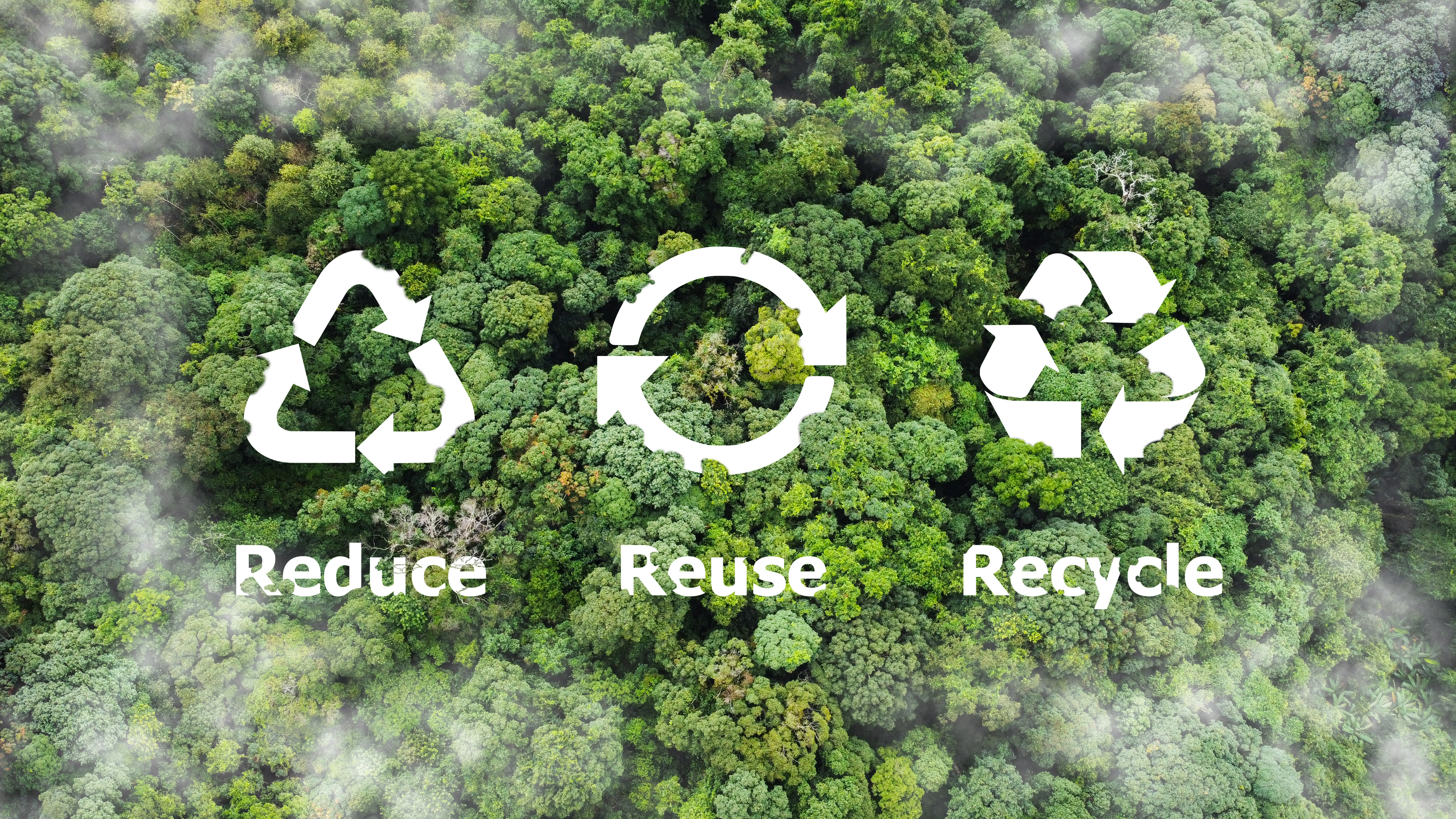
What is an EPD?
An Environmental Product Declaration (EPD) is a standardized document that provides detailed information about the environmental impact of a product throughout its entire life cycle. This includes aspects such as manufacturing, transportation, construction, usage, and end-of-life recycling or disposal. EPDs help promote transparency and environmental accountability, encouraging companies to improve their products' sustainability.
EPDs are typically valid for five years and are based on Life Cycle Assessment (LCA) calculations. These calculations adhere to international standards to ensure consistency and comparability. The EPDs we use align with standards and methodologies including EN 15978, EN 15804, EN 15942, ISO 21931-1, ISO 21929-1, ISO 21930, BREEAM, LEED, HQE, and C+E-.
Obtaining third-party verification for an EPD is essential. Without independent verification, an EPD may not be recognized by many certification schemes, regulations, and procurement requirements. Third-party verification ensures the accuracy and reliability of the EPD, providing confidence in the reported environmental impacts.
Why develop an EPD?
The goal of developing an EPD is to provide relevant and verified information about the products you produce. It allows for a fair comparison of products and services by environmental performance, rather than price. The EPD can cover the extended environmental impact of your products, as well as add up the relevant environmental information from the product's supply chain.
EPDs help solidify and show your commitment to reducing your impact on the environment, by displaying the emissions of each product and help identify where you can take action to reduce this impact.
EPDs are internationally recognised, due to them being based on ISO 14025 qualifications. They help quantify the emissions of your products and are key in reviewing the full Life Cycle Assessment of your products.

Benefits of Having an Environmental Product Declaration (EPD)
While EPDs are not currently mandatory in the UK construction industry, they can be extremely valuable, especially for clients aiming to achieve sustainability ratings such as BREEAM (Building Research Establishment Environmental Assessment Method).
An independently verified EPD demonstrates a product's environmental credentials and serves as an essential tool for architects, engineers, and builders, enabling them to make informed decisions about product specifications.
Although some manufacturers use a Life Cycle Assessment (LCA) to provide information about a product's environmental footprint, if it is not independently verified, it should be considered merely a manufacturer's claim.
What does an EPD cover?
EPDs cover the full life cycle of your products and provide accurate information about the carbon emissions associated with each unit of the product sold. This helps clients and customers see the emissions they would be purchasing into their streamed emissions and can reinforce your goals of accurately recording and footprinting your carbon emissions.
How can Pro Enviro help you?
Working closely with your management and operation teams, our energy experts and data analysts will help you develop and record your scoped emission profile. This will help develop your Life Cycle Assessment of all your goods and services and will become the basis of developing your EPDs. From here, we will continue to guide and develop your EPDs, as well as offer consultancy on where you can reduce the carbon emissions of your production chain, and reduce the carbon emissions associated with each unit of product sold.







